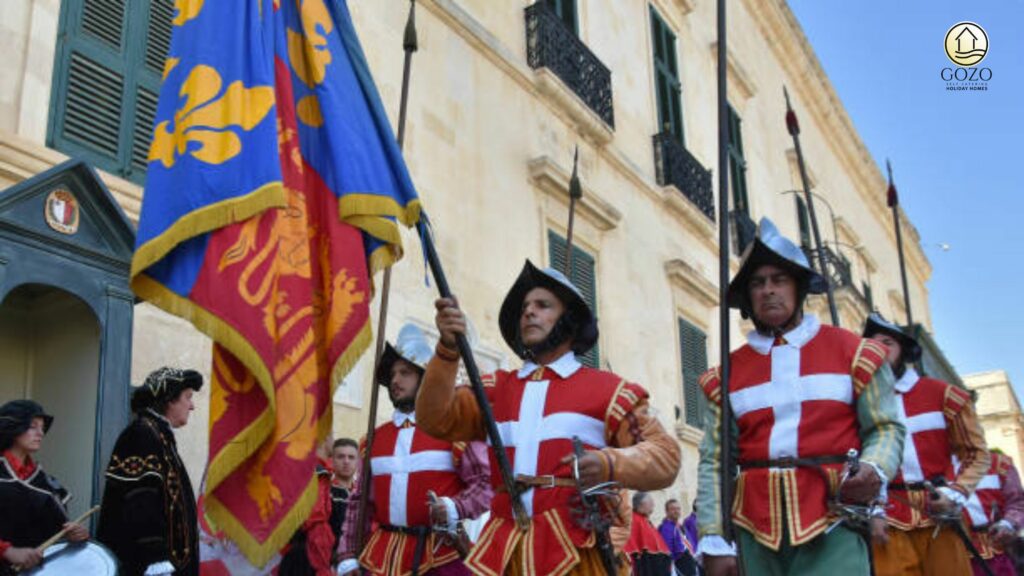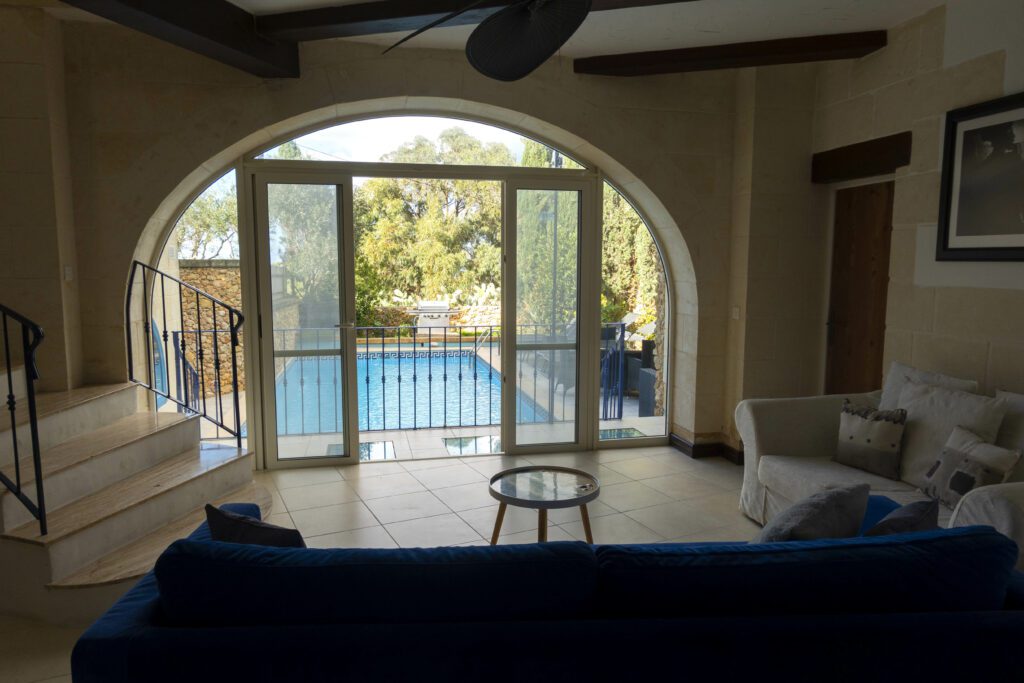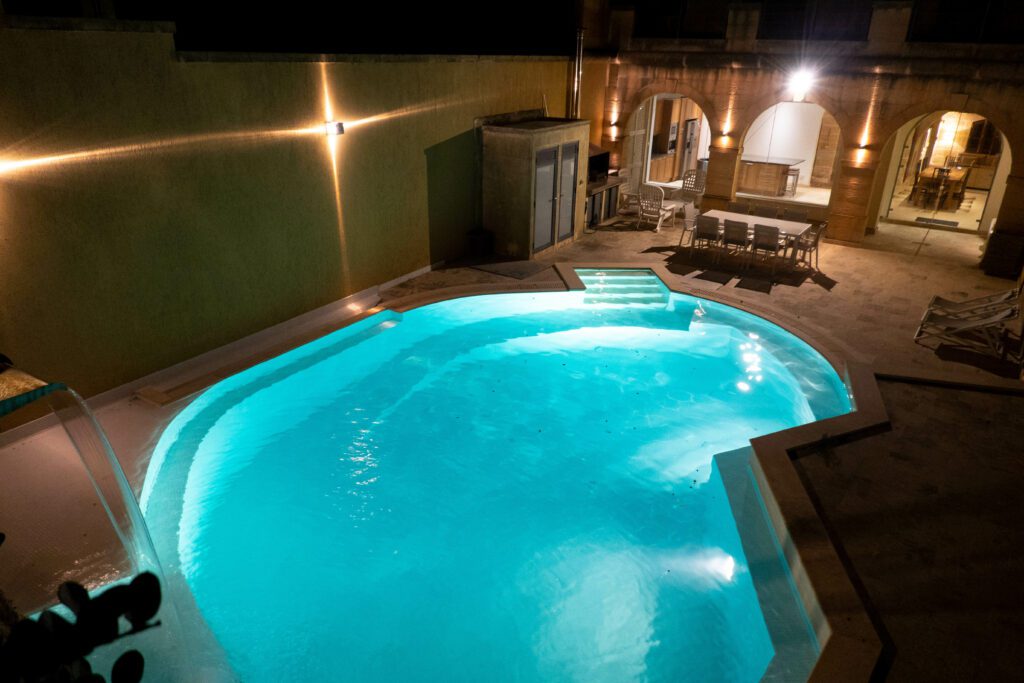The Knights of St. John originally ruled over the Maltese Islands, as is well known. Considering that our flag features the Maltese Cross, their heraldic emblem. But that just makes up a small portion of the intriguing history of Gozo, which dates back 7,000 years.
The strategic Mediterranean position of Gozo has played a significant role in shaping its eventful history. There have been dreadful sieges and subsequent invasions. But Gozo’s history is also one of perseverance and respect for the past.
Fortunately, much of our past can still be seen in the architecture, scenery, traditional culture, native food, and language of Gozo. We are surrounded by history, and learning about Gozo’s past can be enjoyable for the whole family.
GOZO BRINGS PREHISTORY TO LIFE
Around 5000 BC, settlers from Sicily are thought to have become the first inhabitants of Gozo. The famed Gantija temples, which were built between 3600 and 2500 BC, provide Gozo with some incredible evidence of this rich Neolithic community.


This megalithic temple complex is almost 5,000 years old, older than Egypt’s famous pyramids, and is included as a UNESCO World Heritage Site. The complex’s walkway leads you through the temples, which are located just outside of Xaghra.
Additional traces of our old Bronze Age society can be found farther south, close to the breathtaking cliffs at Ta’ Cenc. Three tombs at Ta’ Cenc have been dated to between 2,500 and 1,500 BC, and some traces that appear to have been cart ruts have been carved into the limestone plateau.
THE CITTADELLA’S EARLY YEARS
Around 1500 BC, the flat-topped hill that would ultimately become The Citadel, or Cittadella in Victoria, was the site of Gozo’s first defensive structures (Rabat).


The Phoenicians, who colonised Gozo around 700 BC, made the Citadella’s defences stronger. 500 years later, in 218 BC, the Romans land on Gozo and start erecting stronger structures and fortifications. The Citadella merges with a community called Gaulos. The Byzantine Empire of Greece eventually displaced the Romans in 535 CE. They supported the growth of Christianity in Gozo during their approximately 400 years of power.
The Gozo Museum of Archaeology in Victoria has a large collection of artefacts you may view if you’re interested in learning more about this time in Gozo’s history. And why not challenge the children to locate the Roman inscription on a piece of limestone that was eventually used to construct the Cittadella’s main gate?


ARAB IMPACT ON GOZO
After a siege in 870 CE, the Aghlabid Arabs drive out the Byzantines and add Malta to their kingdom, which already includes sections of northern Africa, Sicily, and southern Italy. Islam is expanding.
The Maltese language, as well as our place names and surnames, are influenced by the Arab culture. Ghawdex, the name they gave to Gozo, is still in use today. There are distinct Arabic flavours in our local food as well.
Look for the exquisitely carved Maymnah Stone when you’re in the Gozo Museum of Archaeology. During the Ottoman era, they engraved an Islamic inscription on a Roman tablet and used it as a tombstone.
EUROPEAN INFLUENCE ON GOZO
The Maltese Islands were incorporated into the Kingdom of Sicily in 1091 CE, two centuries later, and Christianity was reinstated in Gozo.
Between 1200 and 1500 CE, a number of European kings, including the Swabians from Germany, the Angevins from France, and the Aragonese from Spain, leased Malta and Gozo as feudal estates. In turn, each nation contributed aspects of their culture and cuisine to Gozo.
THE RULE OF THE KNIGHTS OF MALTA
After being driven from Rhodes by the Ottomans, The Knights of Malta (Hospitaller Knights of the Military Order of St. John) establish a base in Malta in 1530CE. This is an important development.


The knights constructed several homes, forts, and even jails while they were in Malta and Gozo. There is still a collection of 16th century houses from this era in the Cittadella. One of them, the Gran Costello Historic House, is a museum where you can learn about Gozo’s long-standing farming culture.
Consider adding the Old Prison Museum to your agenda; keep an eye out for some extremely old graffiti that has been etched into the walls. Additionally, you will undoubtedly encounter the Fort Chambray, which looks out over Marra Harbour, as well as the Isopu watch tower, which is situated between San Blas Bay and Dahlet Qorrot and was also constructed by the Knights.
We advise visiting the Citadel Visitor’s Center first to learn more about the site’s history and what to expect before you explore the Citadel.
THE SEIGE OF 1551CE
The worst siege in Gozo’s eventful history took place in 1551CE when the Ottoman Turks invaded the island with 145 ships. Gozo residents were under siege in the Citadella and were subjected to a barrage of shipfire. The Cittadella suffered severe damage, and other houses and churches were also destroyed. Numerous Gozitans were taken prisoner and sold into slavery, but it’s estimated that just 300 managed to escape.


If you visit Victoria and stroll around the Cittadella, keep an eye out for the memorial marking this horrific incident, which has an eternal flame outside the Citadel’s gate.
The Xaghra Historical Reenactment Organization brings history to life every September by staging a number of parades and activities to commemorate the great siege of Malta (the main island) that took place in 1565.
THE MODERN ERA
The Maltese Islands were conquered and controlled by the First Republic of France under Napoleon, ending the Knights’ 268-year reign over Gozo. There was an uprising within a few months, which developed into a two-year blockade of the French troops. The British, Neopolitans (Sicily), and Portuguese were helpful to the Maltese.
The Maltese Islands become a British protectorate after the French surrender in 1800 CE, and on July 23, 1813, Malta becomes a Crown Colony. Italian is replaced as one of the official languages in 1934 by Maltese and English.


The recognisable old red telephone boxes you’ll find all across Gozo are one of the most obvious reminders that the British previously controlled the island.
If you happen to be in Victoria in the middle of August while visiting Gozo, you can take in the Agricultural and Industrial Exhibition, which is held annually since 1855. It is a celebration of local agricultural products, and you will witness farmers enthusiastically competing to win medals for the best honey, fruit, vegetables, and even cattle. It is said to have been inspired by the Victorian Great Exhibition in London in 1851.
SECOND WORLD WAR
Britain created a naval facility in Gozo because of its strategic location in the Mediterranean between Sicily and North Africa. Malta served as the headquarters of the Mediterranean Fleet during World War 2, which made it a target for German and Italian forces.
Despite 154 days and nights of continuous bombing in 1942, which is nearly unimaginable, the Maltese Islands refused to capitulate. The Maltese people as a whole were subsequently given the George Cross by King George V on April 15, 1942. Additionally, our flag proudly represents this.


Between 1941 and 1942, around 170 open-air air raid shelters were built on Gozo. Twenty of them, including two sizable shleters at the base of the St. Martin’s and St. John’s demi-bastions at the Cittadella, were in Victoria. You can go see these to get a sense of what life must have been like back then.
Malta officially became independent from British sovereignty on September 21, 1964. Every year, the Maltese Islands commemorate this important day with a public holiday and several cultural activities. And Malta became a republic ten years later. Then, Malta formally acceded to the EU in 2004.






